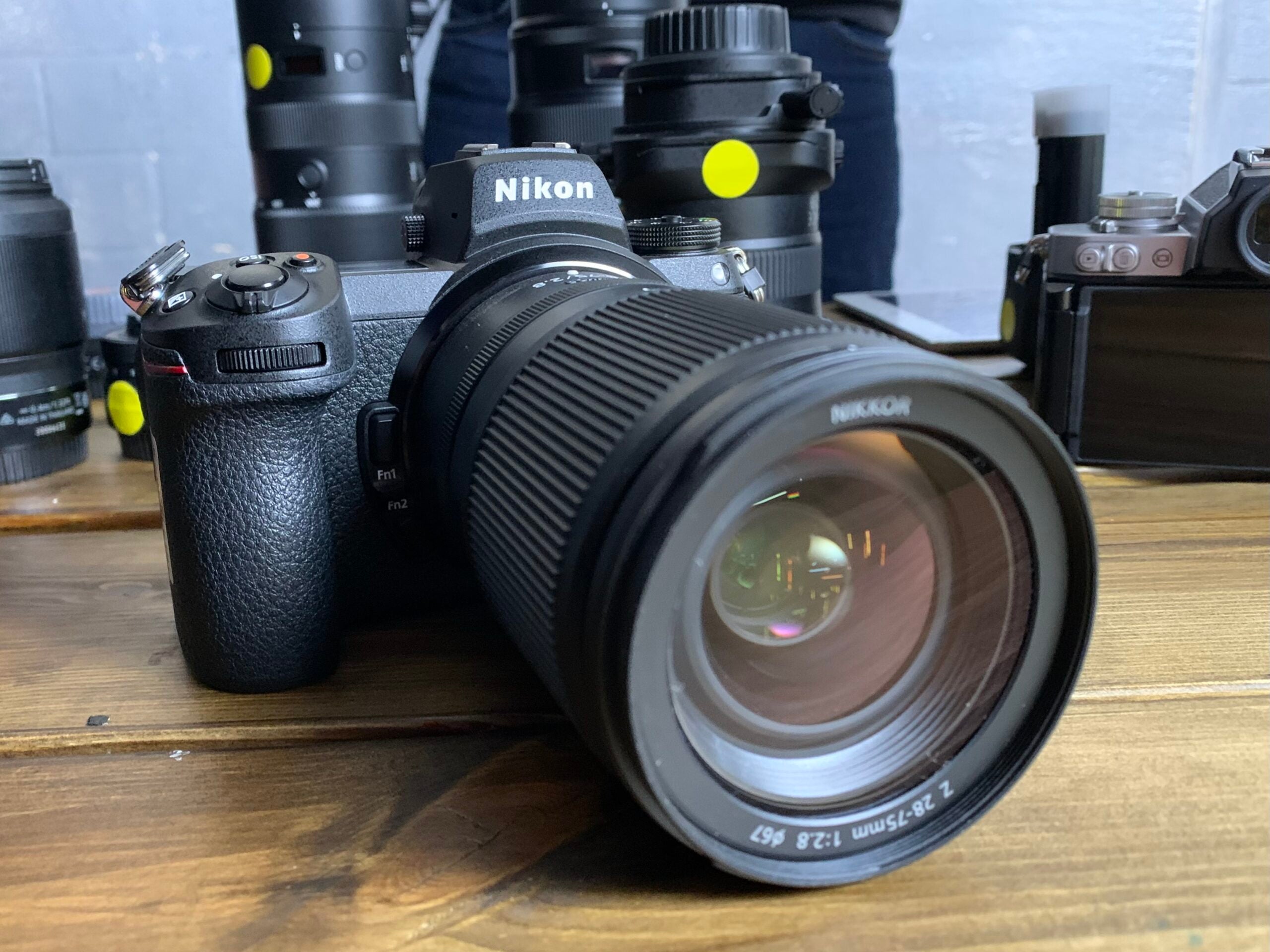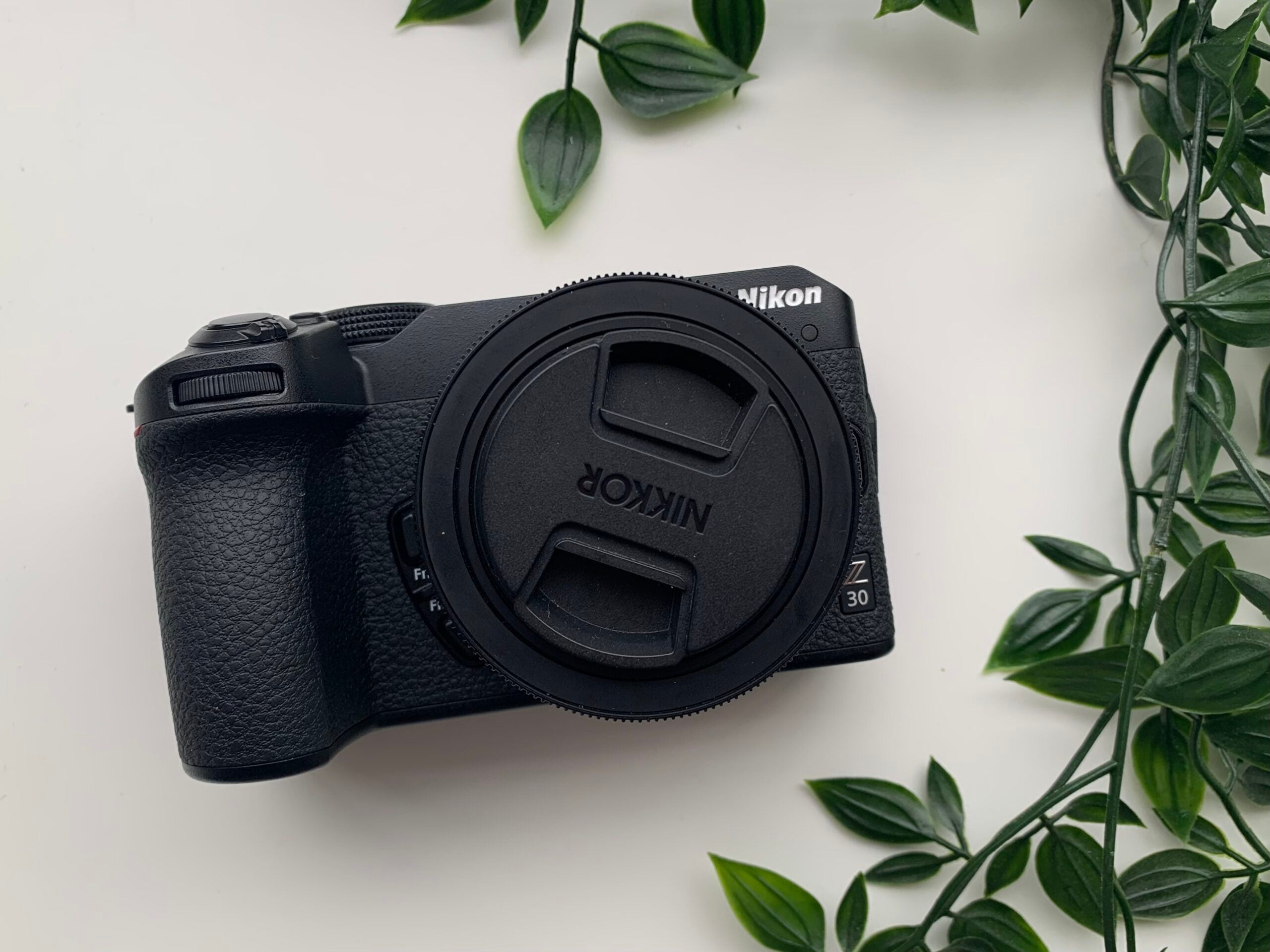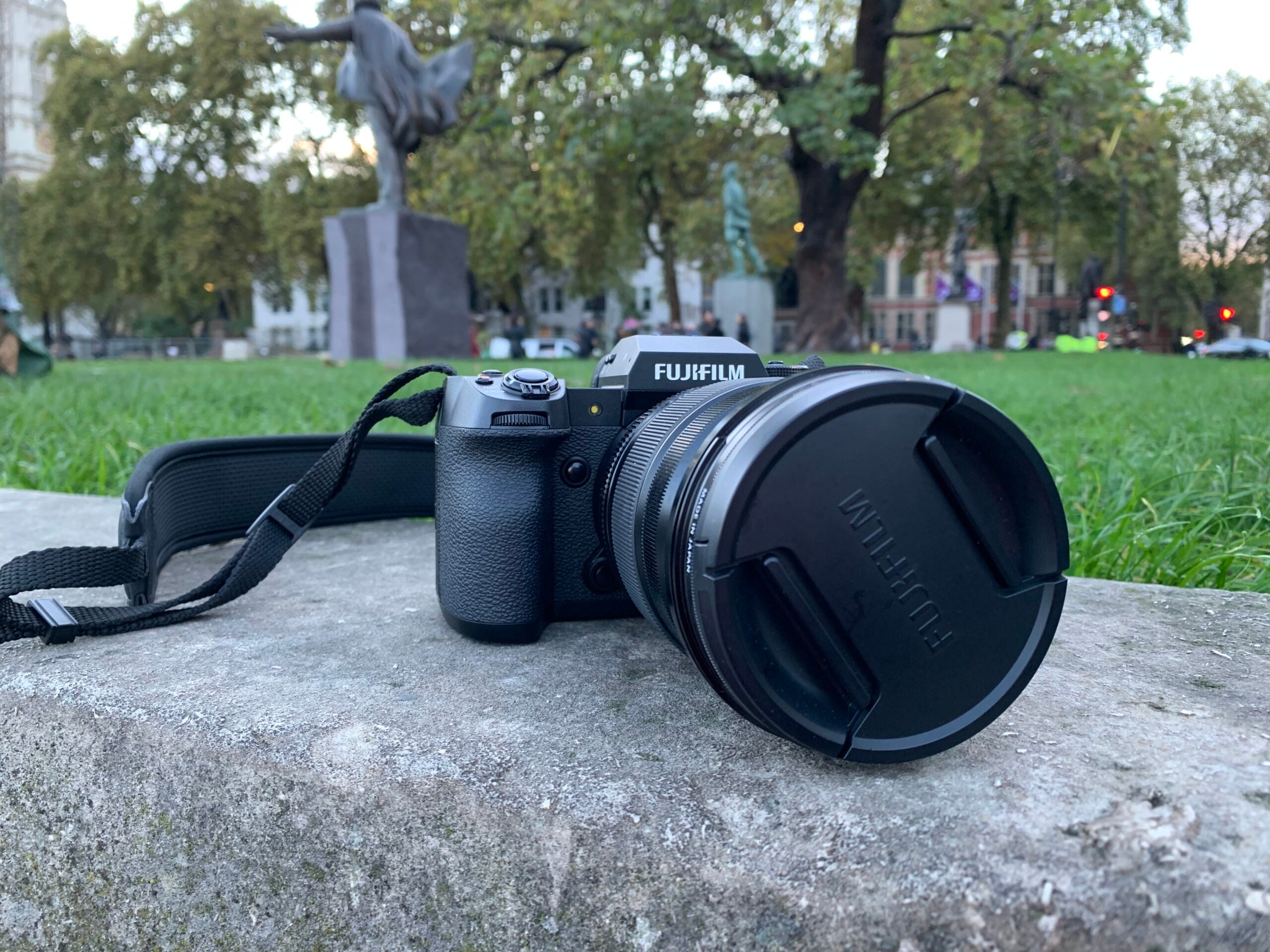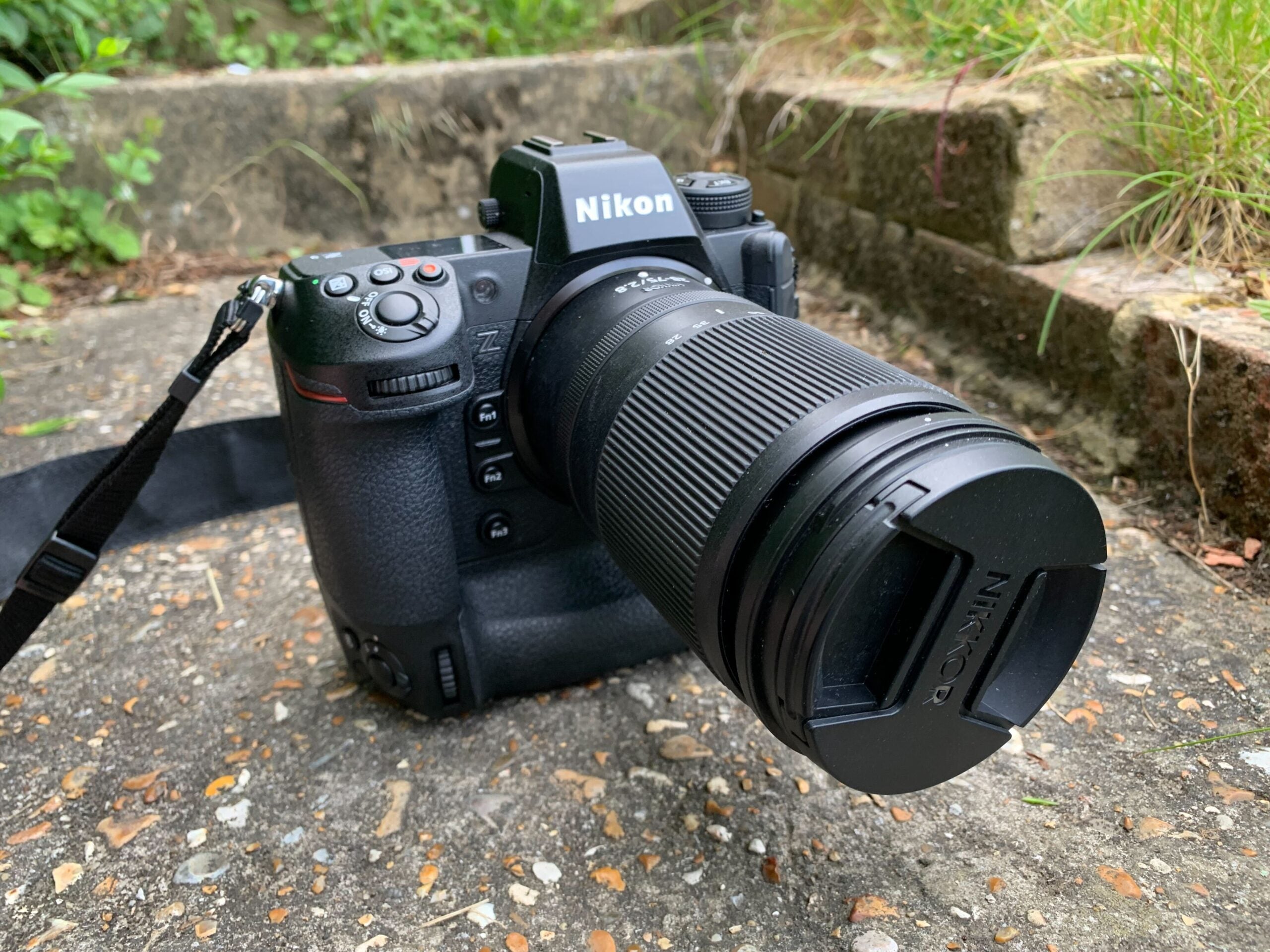Fujifilm GFX100 II Review
The most capable GFX camera yet






Verdict
A faster burst mode and improved AF system make the Fujifilm GFX100 II the most capable GFX camera yet.
Pros
- Large high-resolution sensor
- Detachable viewfinder
- Lots of upgrades over GFX100/GFX100S
Cons
- On the heavier side
- There are full frame cameras better suited to high-speed photography
Key Features
- GFX 102MP CMOS II HS102-megapixel medium format sensor
- X-Processor 5Fujifilm’s latest high-speed processor
- Up to 8fps continuous shootingFastest burst mode on a GFX camera
- 5-axis IBISUp to 8 stops of image stabilisation
Introduction
Toward the end of 2023, Fujifilm announced its latest GFX series camera, the GFX100 II.
If you’re not yet familiar with Fujifilm’s GFX series, the line is home to the company’s larger-than-full-frame medium sensor cameras.
The GFX100 II sits at the top of Fujifilm’s current GFX line-up, taking the crown from the GFX100 (2019) and the more affordable GFX100S (2021) with an updated sensor, improved autofocus system and quicker burst mode, to name a few upgrades.
Keep reading to learn all about my experience with the Fujifilm GFX100 II.
Design
- Heavy design thanks to its large sensor
- Detachable EVF, as well as a monitor and sub-LCD monitor
- One slot of CFExpress Type B cards and another for standard SD cards
It’s worth establishing from the get-go that if you’re looking for a small, lightweight camera for street photography and travel snaps, the Fujifilm GFX100 II is not for you.
This is a medium-sensor camera designed for capturing high-resolution images and, at 1030g without factoring in a lens, it is on the heavier side.
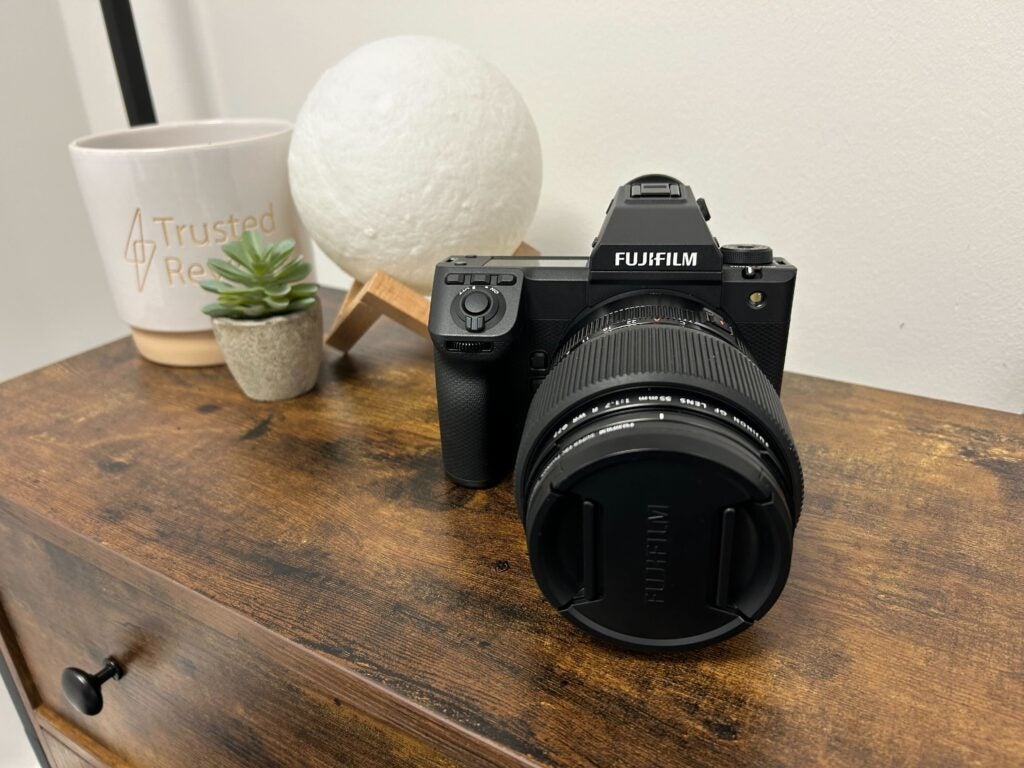
The size and heft of the GFX100 II makes sense for a large-sensor camera with a sub-LCD monitor and IBIS, but those looking for a more subtle and lightweight Fuji camera should look toward the X-H2, X-H2S or X-T5. The GFX100S, GFX50S and GFX50S II also offer more portable designs for those wanting to invest in the GFX medium format.
That said, the GFX100 II remains smaller and more lightweight than (or on par with) some similarly-priced full-frame shooters, including the Nikon Z9 and the Canon EOS R3.
One subtle new addition to the design is the new Bishamon-Tex pattern on the grip. The texture – which is inspired by a traditional Japanese design and is currently exclusive to the GFX100 II – is intended to improve the feel of the grip. I found that the Bishamon-Tex gave the camera a more polished look than your typical grip texture and the shape and depth of the grip are ideal for the size of the camera.
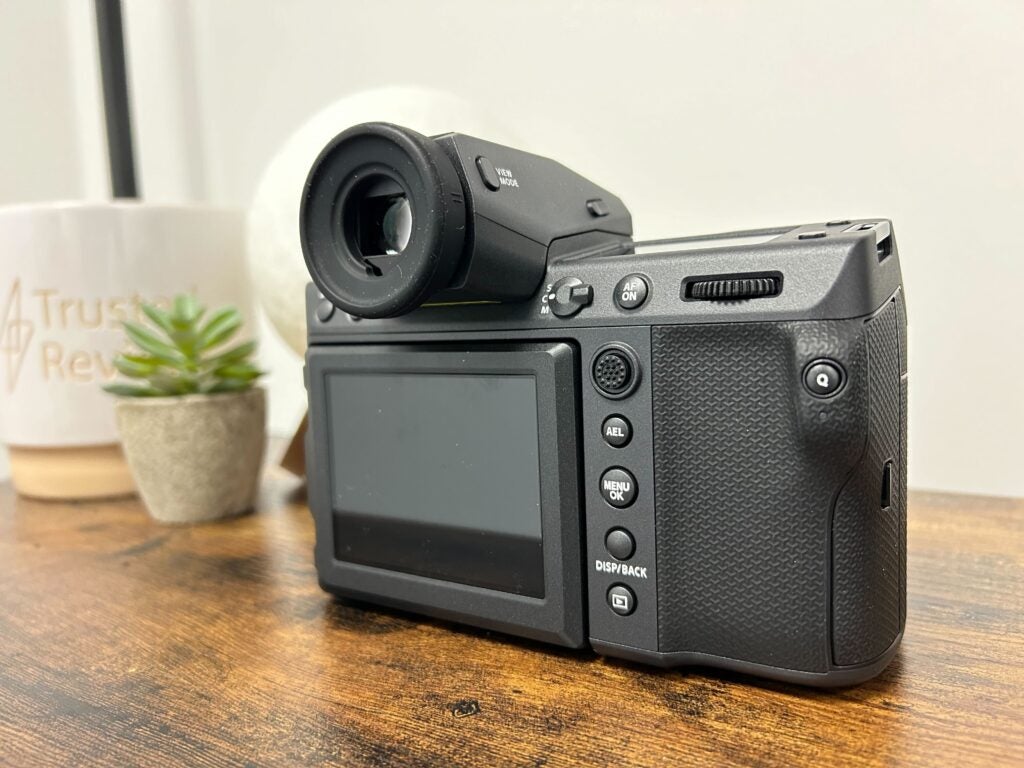
Other neat design details include three customisable Fn buttons that now perch above the grip, as well as a slightly slanted top panel that makes it easier to check camera settings on the sub-LCD monitor with minimal eye movement.
The small monitor is also slightly larger than that of its predecessor and the UI has been updated to improve visibility. You can even view your Fn button presets right next to the buttons themselves.
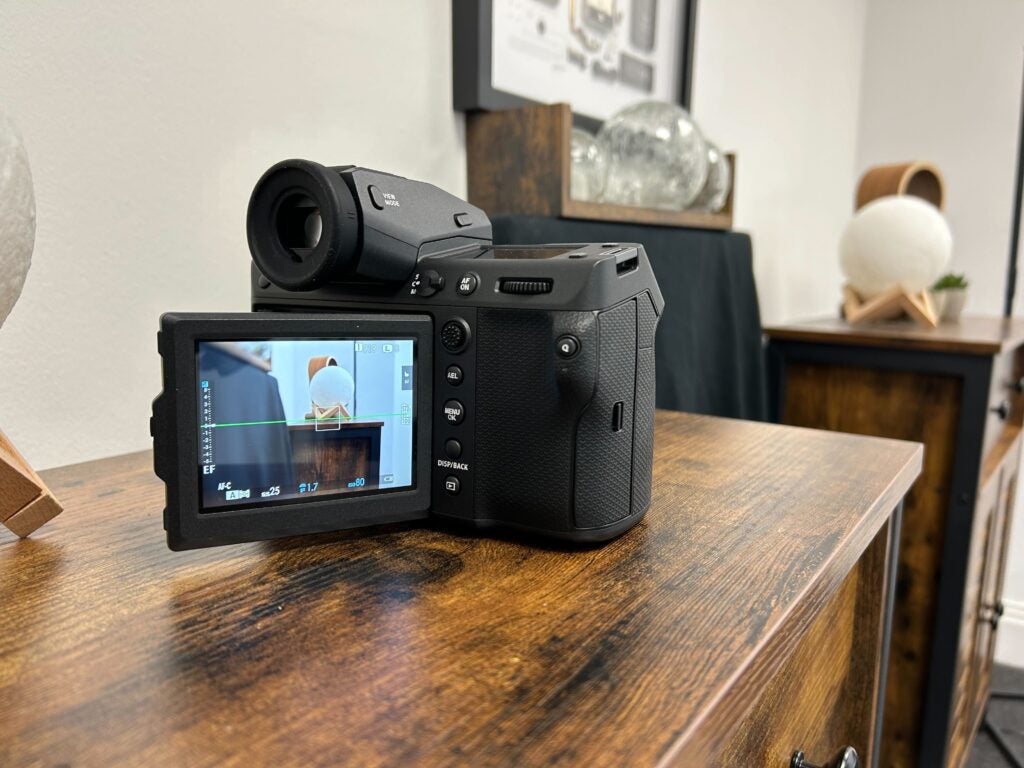
Moving on to the main LCD monitor, the 3.2-inch three-direction tilting touchscreen has a 2.36m-dot resolution and makes it easy to shoot at different angles. You can’t flip the display around to easily take selfies, but the tilting design is ideal for snapping stills and the screen itself is bright and sharp.
I was particularly impressed by the 9.44m-dot 120fps EVF, which I found to be incredibly bright and spacious. I tend to avoid relying on viewfinders because I often find them difficult to use while wearing glasses. However, I was able to see the entire frame comfortably through this EVF and might actually prefer it to the monitor. The EVF can also be detached to make room for Fuji’s EVF tilt adapter.
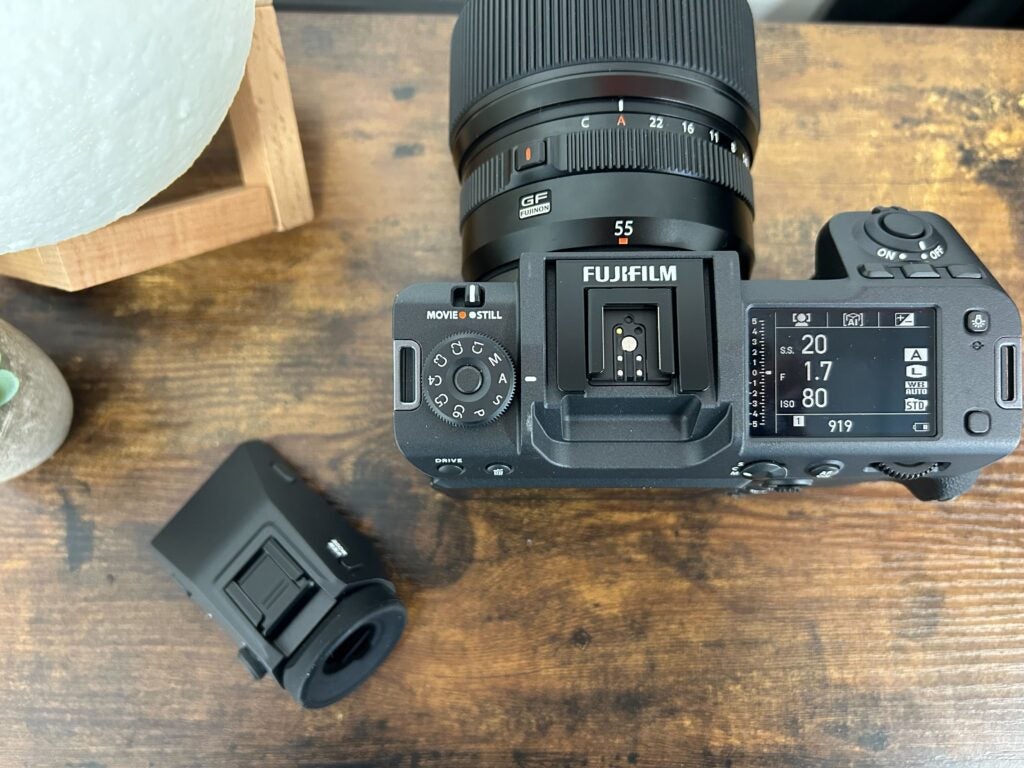
Despite the large number of physical controls found on this camera, the design remains impressively tidy and simple, not straying far from that of the GFX100S. The interface is easy to navigate too, and I find Fujifilm’s UI to be one of the easiest to get on with for those less familiar with the brand’s cameras.
I particularly appreciated having a shortcut button that switches between eye and animal subject detection considering how fast animals can appear and disappear from a shot.
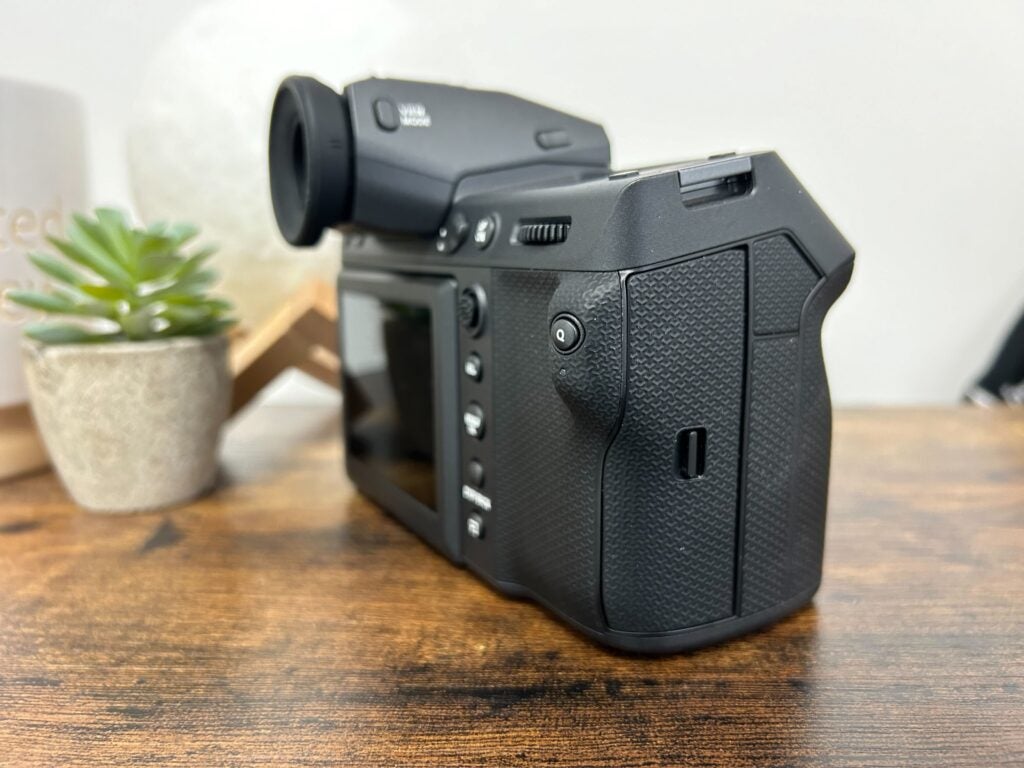
The GFX100 II includes two card slots – one for CFExpress Type B and another for SD cards. I’m torn on how I feel about this, as moving from CFExpress to SD means sacrificing performance if you run low on storage. However, CFExpress cards are typically quite a bit more expensive than SD cards, so I appreciate that the camera hasn’t lost its SD compatibility.
The camera also includes a decent variety of ports, including USB-C, HDMI Type A and a newly added Ethernet port.
Features
- Improved autofocus and new subject-detection modes
- Fastest burst mode on a GFX camera at 8fps
- Increased eight stops of five-axis image stabilisation
The GFX100 II is powered by Fujifilm’s latest image processor, the X-Processor 5. This is the same processor found in the X-H2, X-H2S and X-T5 and doubles the signal readout speed of the GFX100 and GFX100S.
The autofocus system is also the most advanced one found on a GFX camera, with the GFX100 II being the first camera in the series to take advantage of Fujifilm’s AI-based subject-detection AF, and the latest prediction AF algorithm developed for high-speed photography on the X-H2S.

This means that, along with Face/Eye AF, the camera can also detect and track animals, birds, cars, motorcycles, bicycles, aeroplanes, trains, insects and drones. This is one of a handful of upgrades Fujifilm has made in a bid to break into the sports photography arena with the GFX system and I found the AF to be very capable, detecting passersby, birds, cars and bikes and tracking them as they moved through the frame.
However, I didn’t find the AF to be quite as consistent at clinging onto subjects as other cameras, such as Fujifilm’s own X-H2S or the Sony A7R V.
The GFX 100 II also includes the fastest burst mode on a GFX camera, with the mechanical shutter increasing from 5fps on the GFX100 to 8fps on the GFX 100 II. I found the burst mode to be snappy when faced with cars, cyclists and other fast-moving subjects, though it won’t be a match for the 12fps mechanical shutter and 40fps electronic shutter on the Canon EOS R6 Mark II or for the 120fps JPEGs captured by the Nikon Z9 and Z8. However, considering the size of this sensor, 8fps is still very impressive.
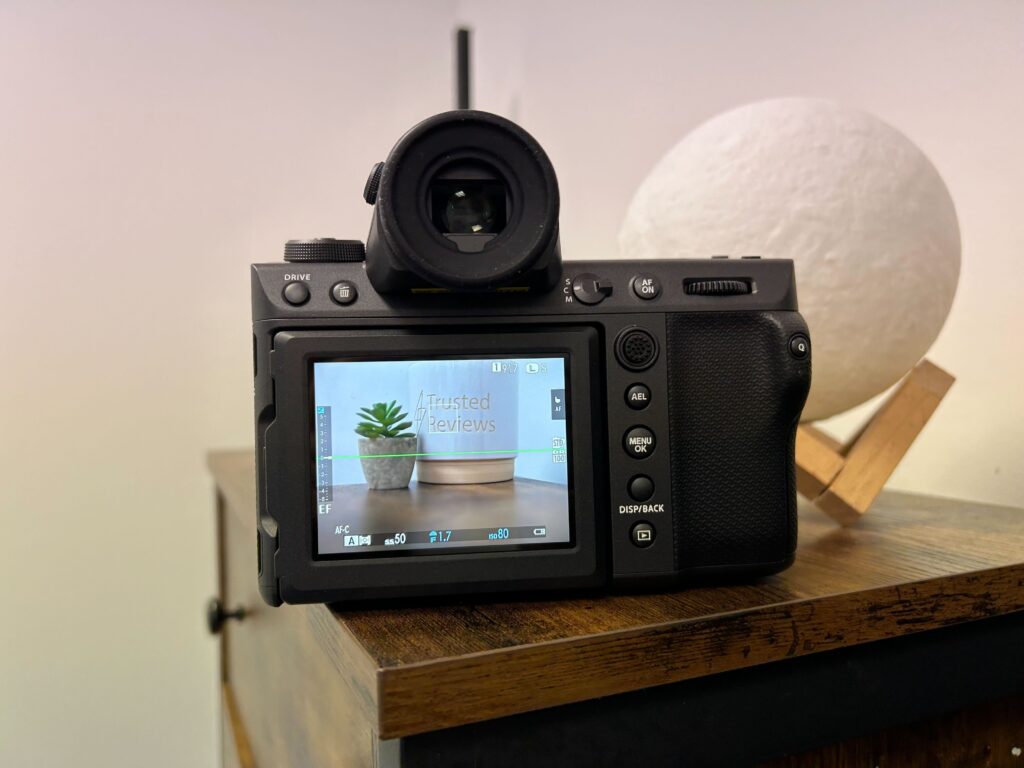
The latest model also sees an increased eight stops of five-axis image stabilisation, keeping the camera steady when shooting handheld and in low-light conditions. This is also crucial when shooting high-resolution images in the Pixel Shift Multi-Shot mode, a feature that combines 16 RAW photos into one huge 400-megapixel image.
The ISO range is wider, with ISO 80 now available as a non-extended sensitivity, and Reala Ace has been added as the 20th Film Simulation mode.
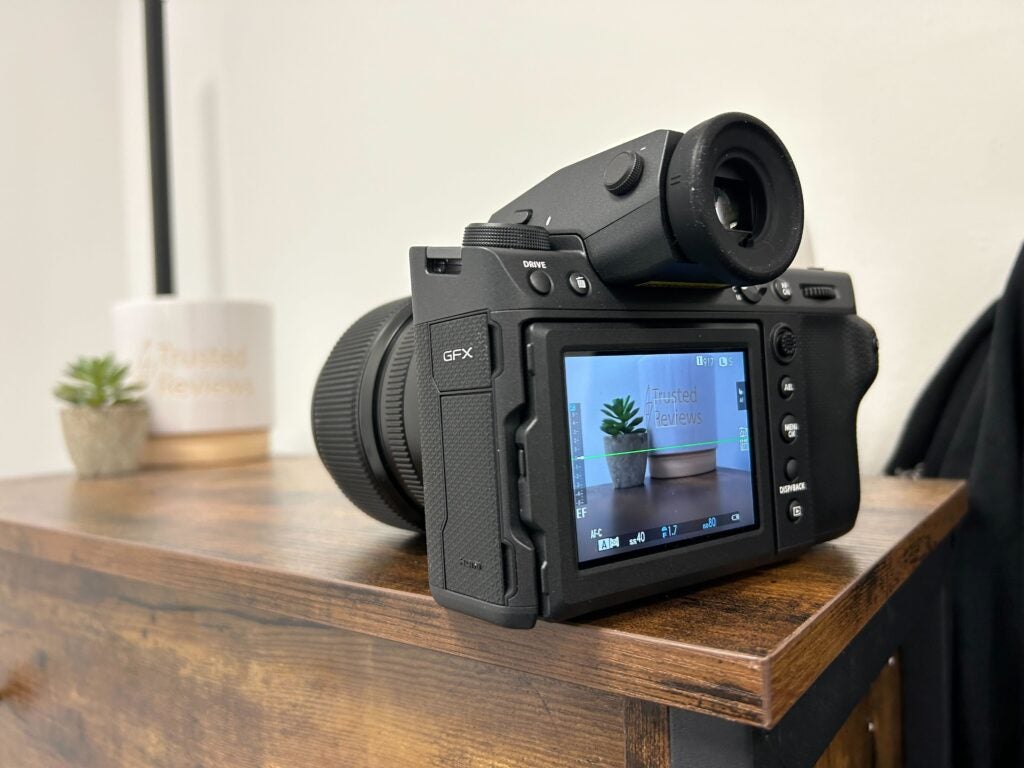
Battery-wise, the GFX 100 II should be able to capture 540 stills or 60 minutes of 8K/30p or 4K/60p video. I left the camera recording 4K/60p video and found that the battery dropped to 80% after 5 minutes and 60% after 20 minutes. The battery icon turned red after 54 minutes before the camera shut itself off after an hour.
I was impressed with how cool the camera remained even after 40 minutes of capturing 4K video. The barely warm-to-the-touch surface was a strong contrast compared to the X-S20 I tested alongside it, which became very toasty before finally overheating 20 minutes into a video.
Image and video quality
- Large 102-megapixel medium format sensor
- Images are crisp and colourful
- Can capture 8K/30p video cropped or 4K/60p 4:2:2 10-bit internally
The Fujifilm GFX100 II takes advantage of the large GFX 102MP CMOS II HS medium format sensor.
The 55mm sensor is 1.7x bigger than a 35mm full-frame sensor, while the sensor’s micro lenses have been improved to increase light use efficiency at the sensor’s edge. This should lead to improved image quality and AF accuracy at the edges of the frame compared to the GFX100.

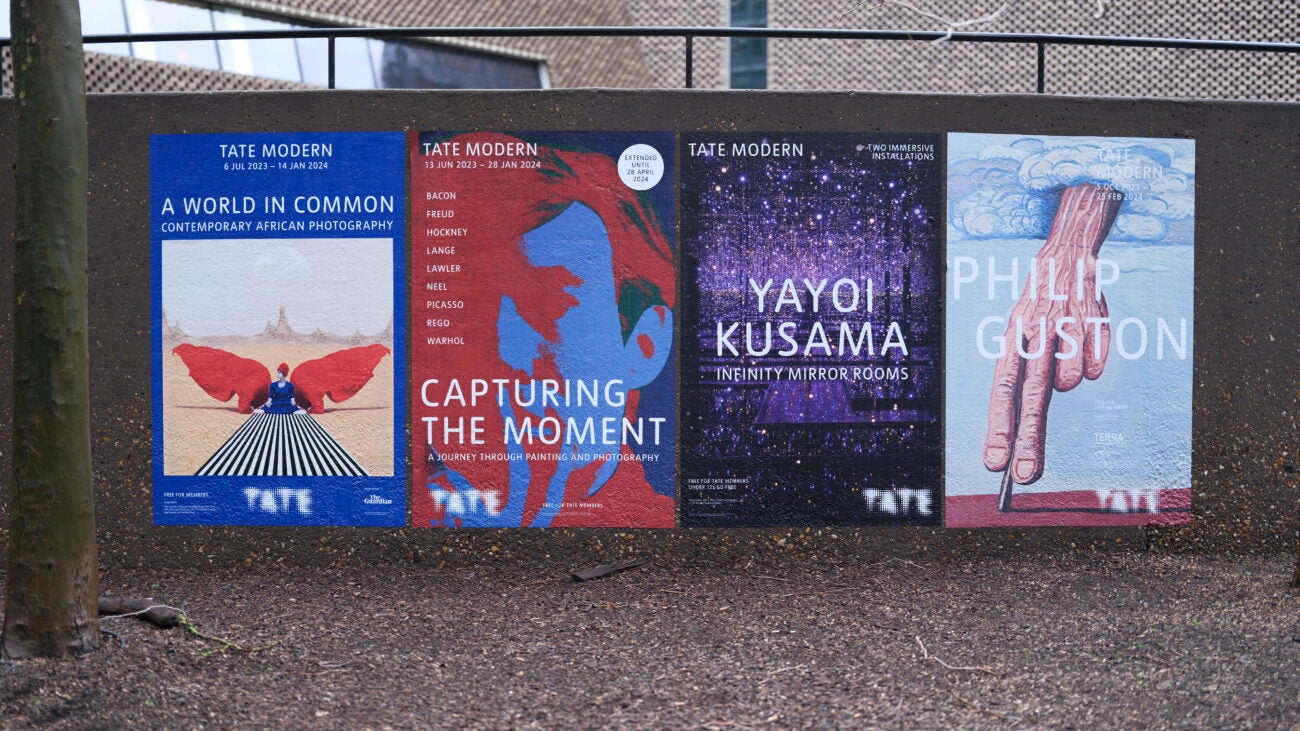

I found photos shot on the Fujifilm GFX100 II to be as sharp and detailed as you’d expect from such a high-resolution sensor. Colours are vibrant with great contrast straight out of the camera, while the Fujinon GF 55mm f/1.7 lens captures fantastic depth and bokeh when shooting at low apertures.
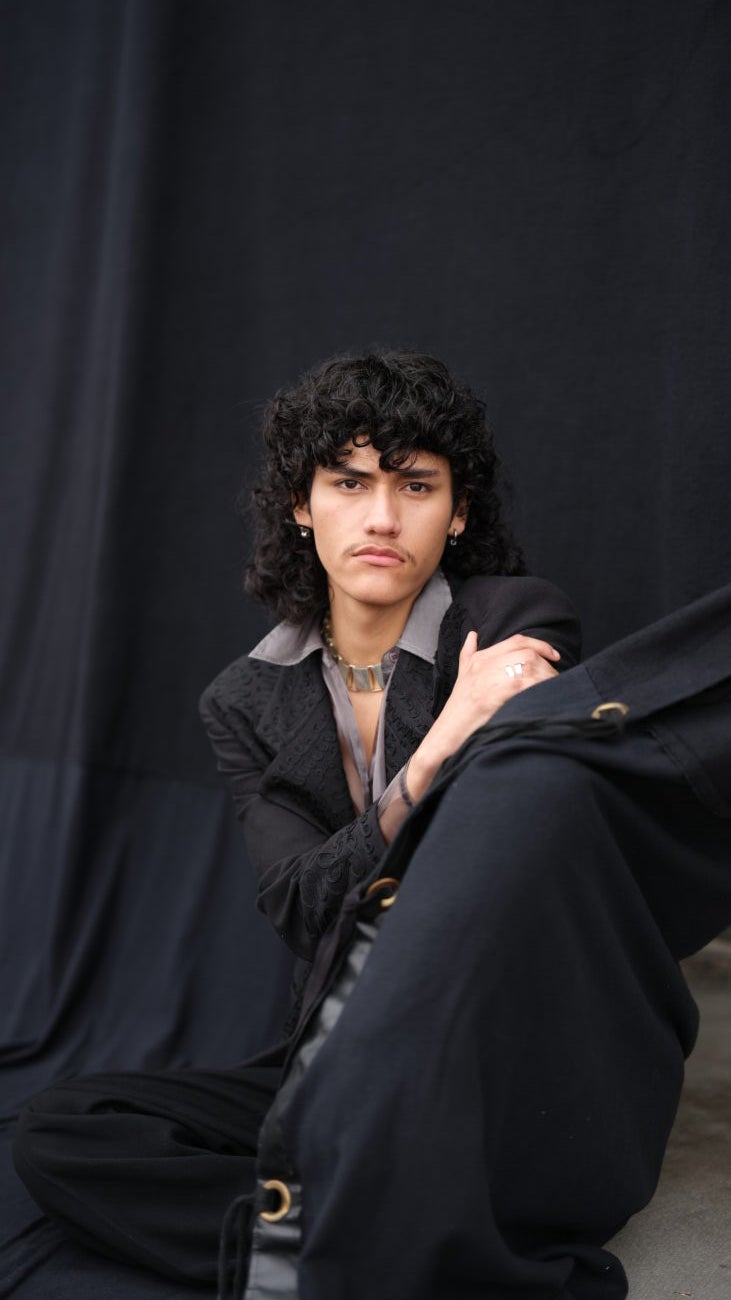
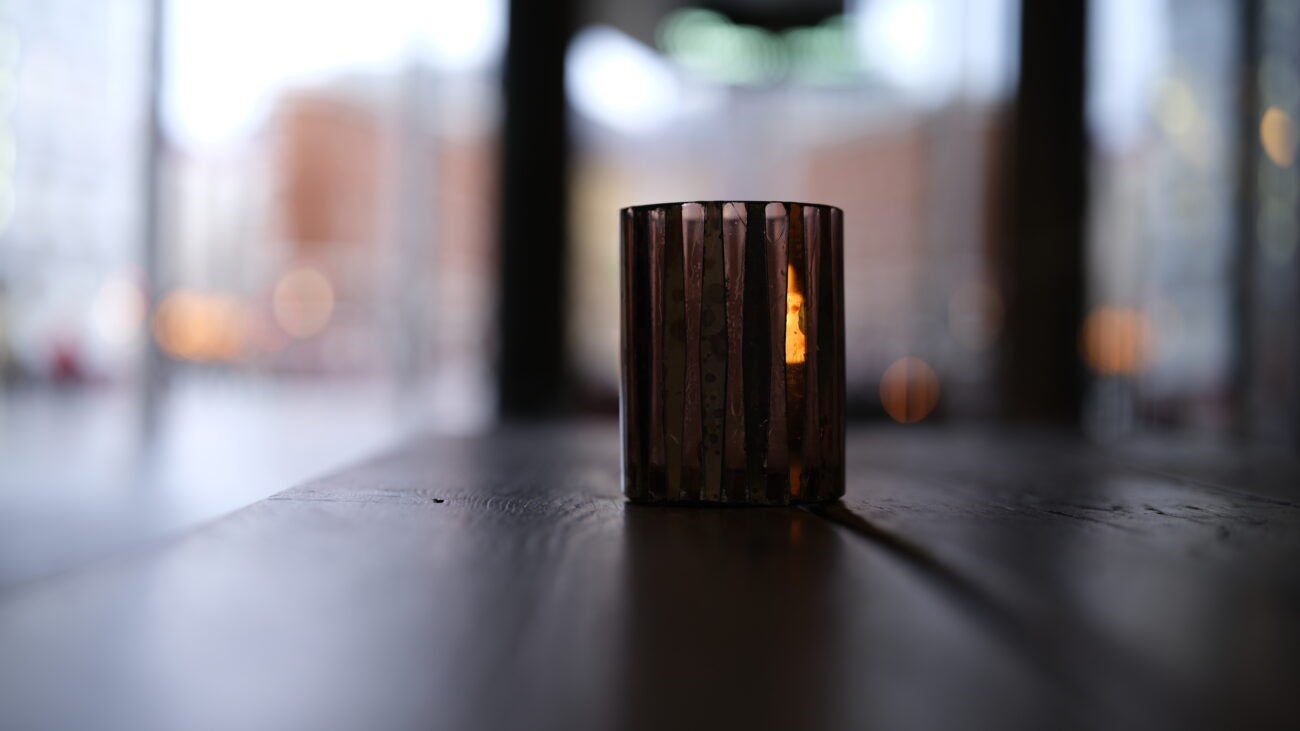

The Fujifilm GFX100 II also benefits from the highest video performance available on a GFX so far. The camera can capture 8K/30p video cropped and 4K/60p 4:2:2 10-bit internally thanks to the new sensor.
Apple ProRes 422 HQ, ProRes 422 and ProRes 422 LT are all supported, as is Fujifilm’s new F-Log2 log format which takes advantage of 14+ stops of dynamic range. The camera also offers new video format modes, including Premista, 35mm and anamorphic (35mm) with the mount adapter
The GFX100 II also supports touch tracking AF, making it easier to track subjects during video. All-in-all, I found 8K footage recorded on the camera to be incredibly sharp with true-to-life colours and good stabilisation.
Latest deals
Should you buy it?
You want to capture high-resolution images
If you’re looking to capture incredibly high-resolution stills, the GFX series is a great choice. The GFX100 II also includes a large number of upgrades compared to other cameras in the GFX line.
You want a lightweight camera
If you don’t require the large sensor and aren’t keen on your camera weighing down your bag, you might prefer to opt for a smaller full-frame or APS-C camera.
Final Thoughts
The Fujifilm GFX100 II is a brilliant camera with a huge medium-format sensor ideal for taking high-resolution photos and sharp 8K/30p video.
Faster burst shooting and an improved AF system make this camera better suited for fast-paced environments like sports and wildlife than any GFX camera that came before it. However, those working in those fields might still prefer to opt for a full-frame camera with a speedier burst mode and AF system, such as the Nikon Z8 or the Canon EOS R6 Mark II, for faster continuous shooting at a similar price.
How we test
We test every camera we review thoroughly. We use set tests to compare features properly and we use it as our main device over the review period. We’ll always tell you what we find and we never, ever, accept money to review a product.
Tested the camera in a variety of scenarios and lighting conditions.
Measured the battery life while recording video.
Used the camera for more than a week.
FAQs
Bishamon-Tex is a textured leather that can be found on the grip of the GFX100 II. The fabric was designed by Fujifilm and is inspired by traditional Japanese patterns.
The Fujifilm GFX100 II has a battery life of approximately 540 stills or 60 minutes of 8K video.
The GFX100 II has two memory card slots – one CFexpress Type B and one regular SD slot.



